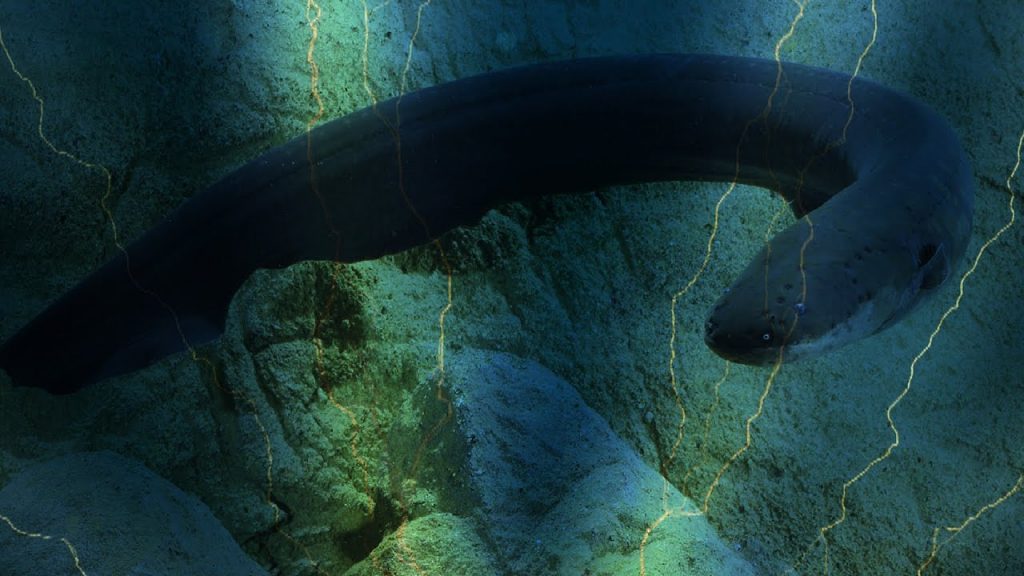Washington: What was once known as a single species of electric eel is actually three different species, with one of the newly classified organism producing the highest voltage discharge of any known animal, according to a study.
The research, published in the journal Nature Communications, offers new insights into the origin and production of strong electric discharges in fishes.
Electric eels belong to the knifefish family, and are closely related to catfish and carp than to other eel families, the study found.
While some of its close relatives are capable of producing a weak electric field for communication and navigation, the researchers found that one of their newly discovered species can produce up to 860 volts — the strongest discharge by any known animal.
The researchers mentioned that the strongest shock previously recorded was 650 volts.
“The electric eel, which can reach 2.5 metres in length, is the only fish that produces such a strong discharge; it uses three electric organs. The shock is used for defense and predation,” said Carlos David de Santana, an associate researcher at the US National Museum of Natural History (NMNH) and first author of the study.
“We used voltage as the key differentiation criterion. This has never been done before to identify a new species,” said Naercio Menezes, principle investigator of the study.
The researchers collected 107 specimens from different parts of the Amazon in Brazil, Suriname, French Guiana, and Guyana.
Then they compared the gene for the enzyme cytochrome c oxidase I (COI) present in the mitochondria between the species to find differences between them.
They also sequenced nine other genes in the mitochondria and the nucleus of the eels’ cells, and performed several other analyses to validate the results.
In addition to the electric eel species, Electrophorus electricus, previously known since 1766, the researchers discovered two new species, E varii and E voltai, by correlating DNA, morphology and environmental data, and measuring the discharged voltage.
“Their body shape is highly conserved. It has not changed much during 10 million years of evolution. Only a few details of their external morphology distinguish them, and only an integrated analysis of morphology, genetics and ecology was able to make robust distinctions between the species,” Santana said.
According to Santana, who has received multiple shocks during the research, the new eel species produce high voltage discharge with low current, and is not necessarily dangerous to humans.
The authors note that an encounter with a group of these eels in an aquatic environment “can be quite perilous.”
They added that the shock would not kill a healthy person, but can be hazardous to people with a weak heart.
“The discovery of new electric eel species in Amazonia, one of the planet’s biodiversity hotspots, is suggestive of the vast amount of species that remain to be discovered in nature,” Santana said.
PTI
